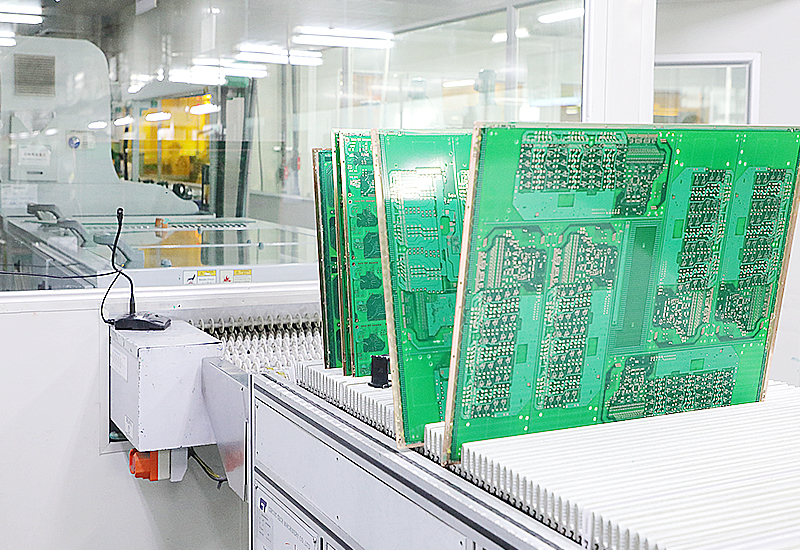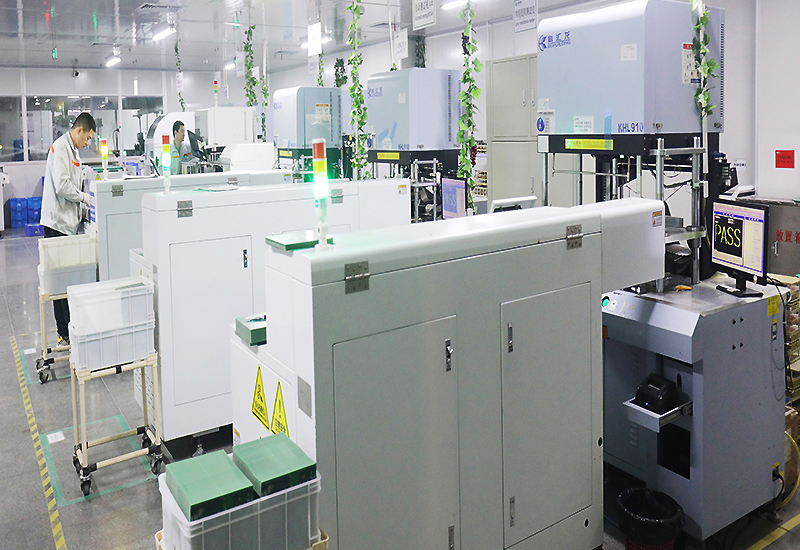
Printed circuit boards refer to conductive patterns that are printed on insulating materials, printed originals, or a combination of both according to a predetermined design. It's called PCB. It provides connections between components and various components on an insulating substrate. The finished product of the printed circuit board is called a PCB assembly.
Usually, when our electronic products are scrapped, waste circuit boards are also produced. But discarded circuit boards are also valuable. They often contain precious metals and rare materials. The recycling of these materials can reduce the exploitation of natural resources, reduce production costs, and reduce environmental pollution. Therefore, recycling of used printed circuit boards is an economically viable option.
The value of scrap PCBs is mainly affected by the precious metal content in them. Generally speaking, scrapped boards generated when electronic products are scrapped may contain a variety of metals, including but not limited to gold, silver, copper, nickel, aluminum, etc., as well as small amounts of rare metals such as palladium and platinum. For example, the PCBA in a computer contains about 300 to 500 grams of metal, 130 kilograms of copper, 10 kilograms of iron, 60 kilograms of lead, 40 kilograms of tin, 36 kilograms of nickel, 40 kilograms of antimony, and a small amount of rare precious metals such as palladium and platinum. Among them, copper metal accounts for more than 90% of the mixed metals.
In addition to the precious metal content in the PCB assembly, the value of scrap circuit boards is also affected by the condition of the electronic components and chips inside. Chips and other electronic components have a high value, so if the chips and electronic components on the circuit board can be removed individually, their value will increase significantly.
Typically, the PCB or PCBA that has had its chips removed will be worth much less than a complete printed circuit board because disassembled PCB boards usually require more handling and sorting work, costing also more.
Therefore, when evaluating the value of reports as worthless circuit boards, in addition to considering the precious metal content, it is also necessary to consider whether the chips and electronic components in them have been disassembled and what their condition is.

The recycling of discarded worthless circuit boards not only brings economic value but also significantly reduces the negative impact on the environment. Scrapped circuit boards contain many harmful substances, such as heavy metals and bromide, which may cause serious soil and water pollution if not handled properly. These harmful substances can seep into the soil and then into water sources, posing a threat to biodiversity and ecosystem health.
By recycling waste circuit boards, we can effectively handle and dispose of these harmful substances and reduce environmental pollution. At the same time, recycling can also reduce the amount of landfills and incineration of waste circuit boards, reducing the risk of land and air pollution.
Sort and classify waste PCB or PCBA to separate hazardous materials and recyclable materials. This is achieved through physical and chemical methods, such as manual disassembly and mechanical crushing.
The disposal of hazardous substances in scrapped PCBs is crucial. For example: separation and extraction of heavy metals through chemical treatment and extraction. Bromide is processed by pyrolysis and other physicochemical methods.
Recyclable materials, such as metals and plastics, are processed and treated to make them suitable for reuse. These recyclable materials can be used to make new printed circuit boards and other electronic devices.
With the help of advanced technology and equipment, waste circuit boards can be converted into energy, such as through the incineration process to generate heat.

Recycling discarded PCBs can provide cheap raw materials and avoid the cost of purchasing new raw materials. This can reduce the cost of producing PCB fabrication and improve the profitability of the manufacturer.
Utilizing recyclable materials (such as metals and plastics) from discarded circuit boards can reduce the need for new raw materials, help protect natural resources, and reduce energy consumption, reducing pressure on manufacturers
By recycling scrapped PCB assembly boards, waste generation can be reduced and environmental pollution reduced. This complies with the requirements of corporate social responsibility, enhances the PCBA manufacturer's environmental image, and is conducive to the PCB assembly manufacturing sustainable development.
Recycling of scrapped PCB or PCBA requires technological innovation and process improvement, which can promote the advancement and improvement of manufacturer technology and enhance the competitiveness of PCB Assembly Services.
Prev:From Design to Implementation: Creating The Perfect PCB Assembly
